-
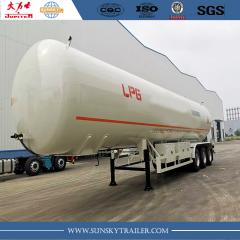 3 Axle Lpg Gas Tank Semi Trailer
3 Axle Lpg Gas Tank Semi Trailer
-
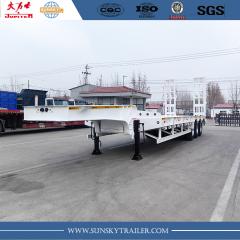 Low Bed Trailer
Low Bed Trailer
-
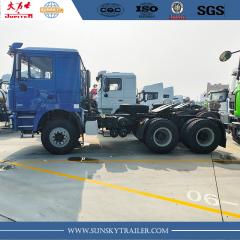 SHACMAN F3000 Tractor Truck
SHACMAN F3000 Tractor Truck
-
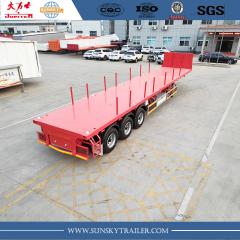 Flatbed Pillar Trailer
Flatbed Pillar Trailer
SUNSKY VEHICLE, a manufacturer of flatbed semi-trailers, has found that the Flatbed Pillar Trailer i...
As the rainy season approaches, it's important for cardholders involved in transportation to prioritize their safety. Stay alert to emergency information and meteorological warnings, and take necessary precautions. Here are 5 guidelines for transportation and evacuation during rainy weather, I hope they can be helpful for everyone!
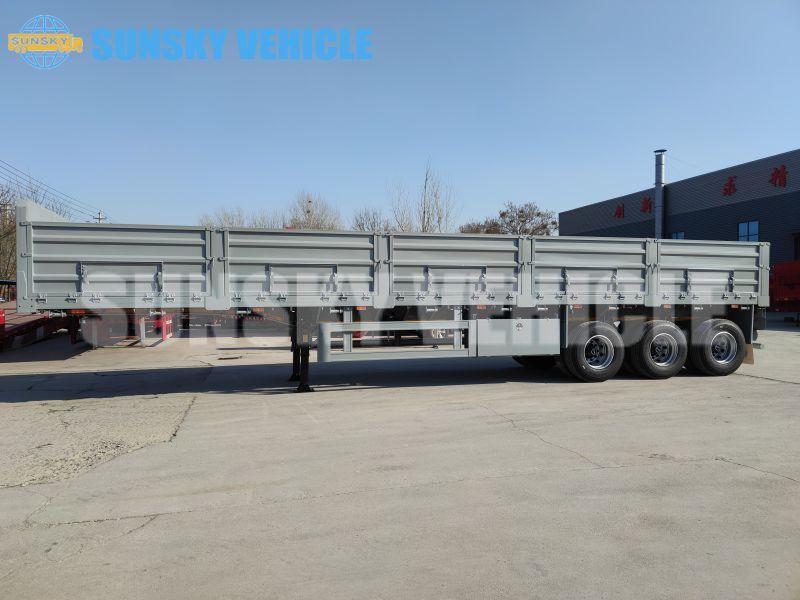
Check whether the tarpaulin is intact. In the rainy season, cardholders are easy to neglect to check the tarpaulin of the car, resulting in different degrees of damage to the goods, to avoid this situation, you can check whether the tarpaulin is intact before departure and whether the goods are properly covered, after all, after many years of sun and rain, the strap of the tarpaulin is likely to be worn, and it is easy to be blown off by the wind in heavy rainy weather, causing losses to cardholders.
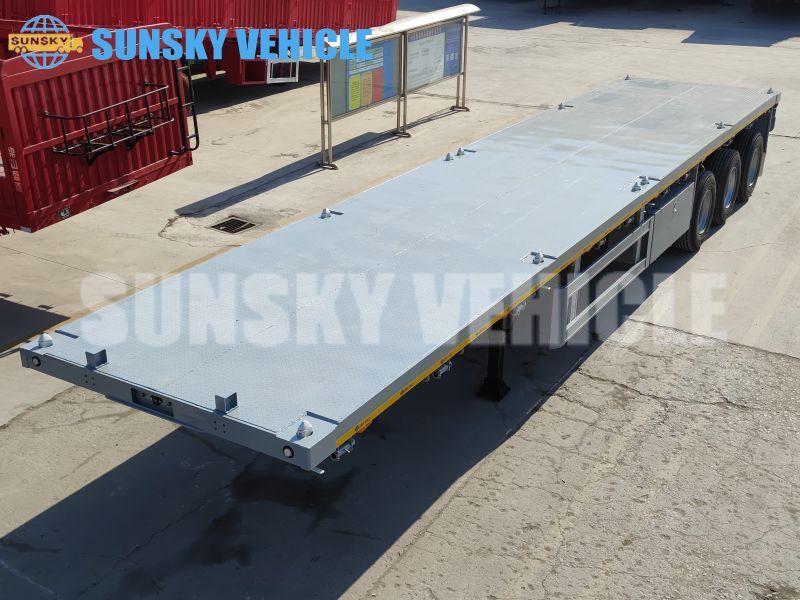
Wading through the water, observe before passing.
Heavy rain is like a note, it is very easy to cause water on the road, and when encountering a waterlogged road section, you must observe it first and then pass cautiously. In general, it can be passed when the height of the water is less than half of the tire. First, observe whether other wading vehicles are passing smoothly, and then judge whether there are deep pits or obstacles on the ground, and should use low gear when passing, drive slowly at a constant speed, stabilize the throttle, and do not stop, change gears or turn sharply in the middle of the road. If the water's height exceeds the tire's centre line, you should choose another route to detour and not force it through.
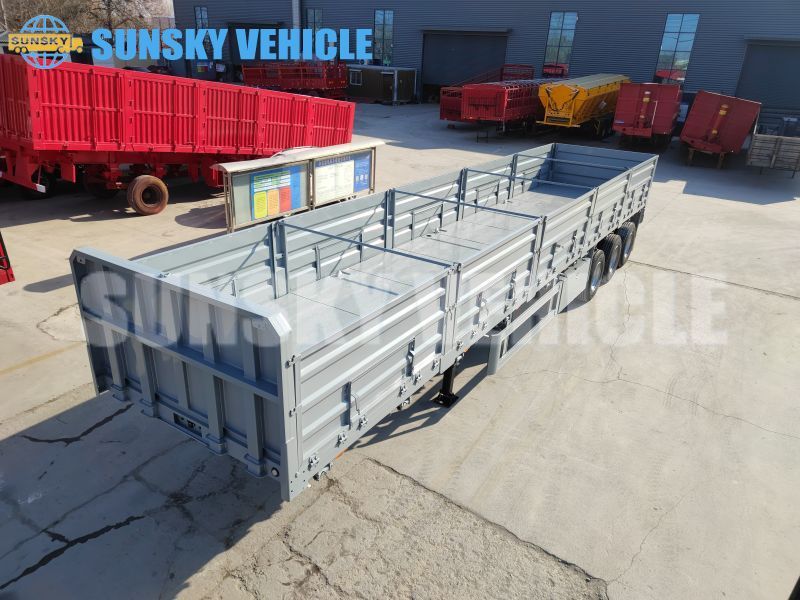
Keep the distance between the cars and do not blindly merge and overtake.
Due to the short-term heavy rainfall caused by the slippery high-speed road, the wheels are easy to slip and "deviate", you should drive along your own lane at a constant speed, and remember not to blindly merge or overtake because the car in front is slow. Remember not to drive over the speed limit to avoid traffic accidents such as rear-end collisions and collisions.
Avoid slamming on the brakes and keep driving at a low speed.
Due to the slippery road surface, a water film easily forms between the brake pads and the brake disc, and the vehicle easily slips or even rolls over when the brakes are applied sharply. Therefore, try to use the gear and throttle to control the car‘s speed and avoid slamming on the brakes. At the same time, driving at low speeds gives the driver plenty of time to react.
Pay attention to parking safety.
Even if you park at home, you should pay attention to extreme weather in heavy rain, and be sure to confirm in advance whether the parking location is low-lying terrain to prevent water from submerging your car.
All in all, cardholders must prepare accordingly in advance when encountering extreme weather such as heavy rain. People, vehicles, and goods must be guaranteed to be foolproof.




